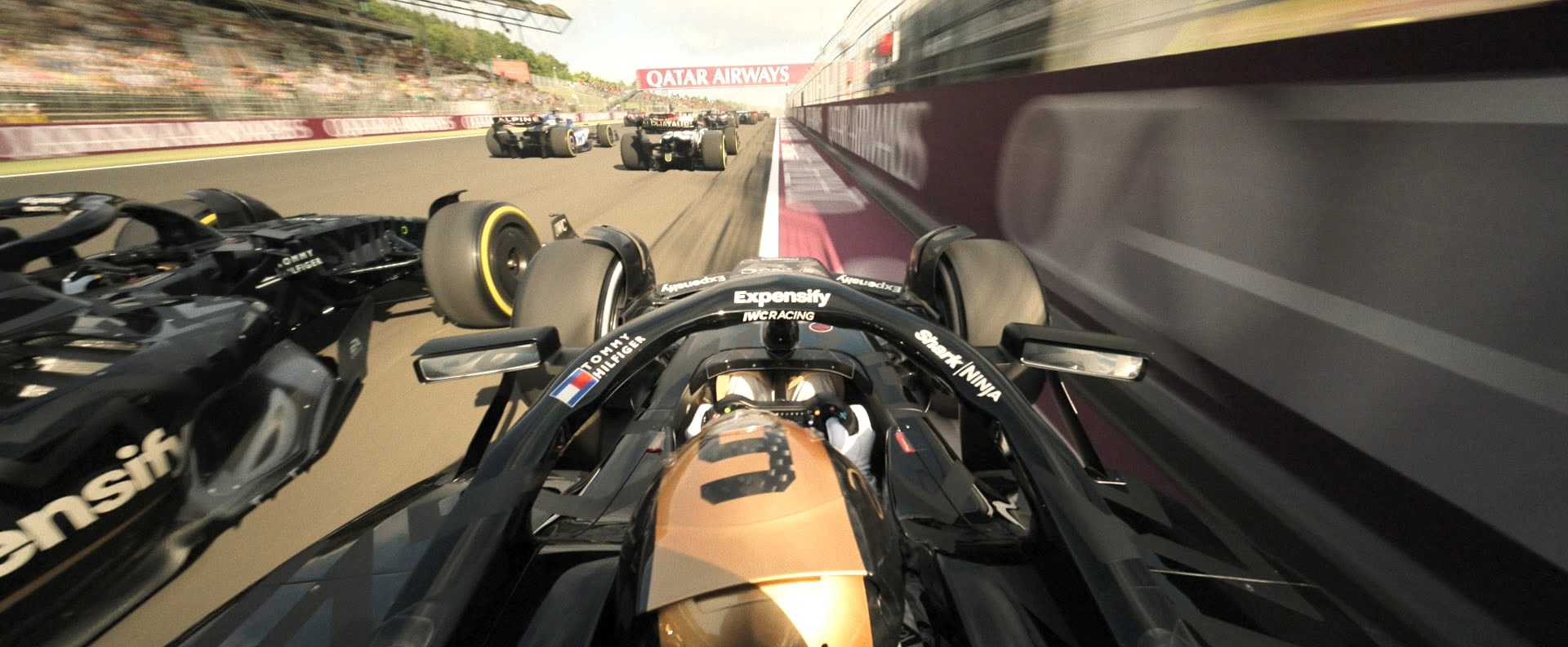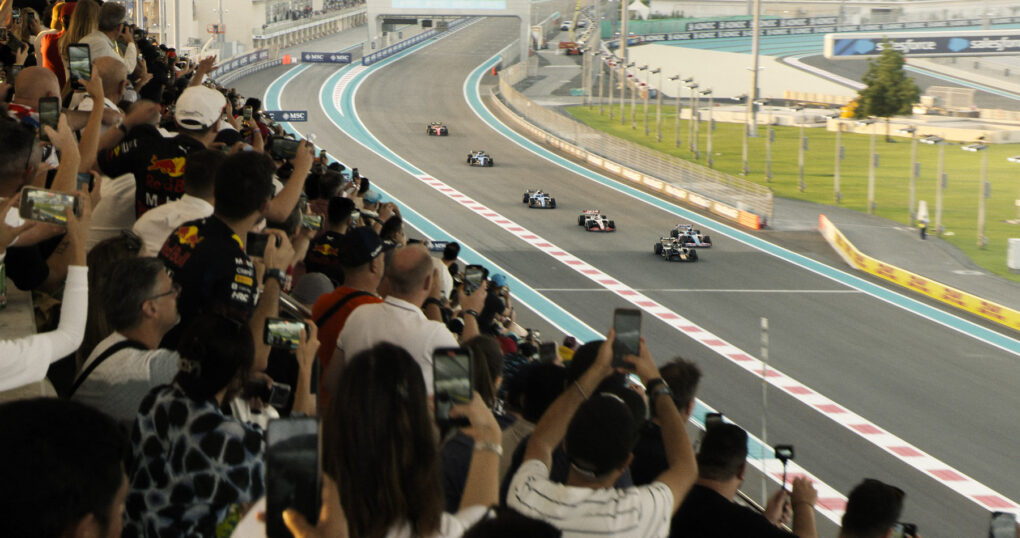When director Joseph Kosinski and cinematographer Claudio Miranda set out to film the upcoming Apple Original film F1: The Movie, they faced a unique challenge. How could they capture authentic point-of-view racing footage from inside Formula One cars without compromising the vehicles’ precise engineering specifications? The solution required Apple to build something that never existed before — a custom camera module using iPhone components that could withstand the extreme conditions of professional racing, according to new report. And so were born custom iPhone cameras in F1.
Custom iPhone cameras in F1 capture realistic racing scenes
Traditional cinema cameras simply can’t be mounted on Formula One cars due to the specialized vehicles’ strict weight and aerodynamic requirements. While F1 broadcasts use onboard cameras positioned behind the cockpit, that footage is captured at lower resolution with specific color spaces and codecs designed for television, not cinema. Converting broadcast footage to match the visual quality of a major motion picture like Apple Original film F1 proved too challenging to be practical.
Apple’s engineering team responded by creating an entirely custom camera module that looks identical to standard F1 broadcast equipment but contains iPhone technology at its core, according to Wired. The module had to match the exact weight specifications of the original broadcast camera to avoid altering the car’s performance characteristics — a critical requirement in a sport where every gram matters.
And the special camera tech probably played into the haptic effects in the recent F1 trailer.
iPhone technology meets Formula One cars

Photo: Apple TV+
At the heart of Apple’s custom module lies an iPhone camera sensor powered by an A-series chip. Apple hasn’t disclosed the exact specifications. But the modules saw use in real F1 races during the 2023 and 2024 seasons, so the technology likely matches the A17 Pro processor and 48-megapixel primary camera found in the iPhone 15 Pro.
The module also incorporated an iPhone battery and included a neutral density filter over the camera lens. This filter reduces the amount of light entering the camera, giving film editors greater control over exposure during post-production—a crucial capability for professional cinematography.
Built for extreme conditions
Racing conditions push technology to its limits. Apple’s engineers had to ensure their iPhone-based camera could survive extreme shock, vibrations and heat. The company conducted extensive testing and reports that their module actually exceeded the durability specifications provided by Formula One.
The module ran iOS but featured custom firmware specifically designed for the camera application. Apple’s ProRes lossless video codec captured videos in log format. That produces flat-looking footage, providing editors with maximum flexibility for color grading and visual matching with other film elements.
Revolutionary filmmaking features

Photo: Apple TV+
This custom development work led directly to new features in consumer iPhones. The custom firmware requirements for the F1 project resulted in two significant additions to the iPhone 15 Pro: log encoding capability and support for the Academy Color Encoding System (ACES) color workflow. They’re both professional filmmaking standards.
Since the camera module contained no wireless radios, filmmakers controlled it through a custom iPad app connected via USB-C. This interface allowed real-time adjustments to frame rate, exposure gain, shutter angle and white balance, as well as starting and stopping recording.
Custom iPhone cameras in F1 part of Apple’s growing film ambitions
The F1 project represents Apple’s increasing involvement in professional filmmaking through Apple Originals. By having a direct stake in film production, Apple can experiment with new technologies and develop features that serve professional creators while eventually benefiting all iPhone users.
This project joins a growing list of films shot partially or entirely on iPhone, including Sean Baker’s Tangerine and Danny Boyle’s upcoming 28 Years Later. While these productions often use additional equipment like professional lenses, rigs and controlled lighting, smartphone cinematography continues to democratize filmmaking by reducing equipment barriers for emerging creators.


